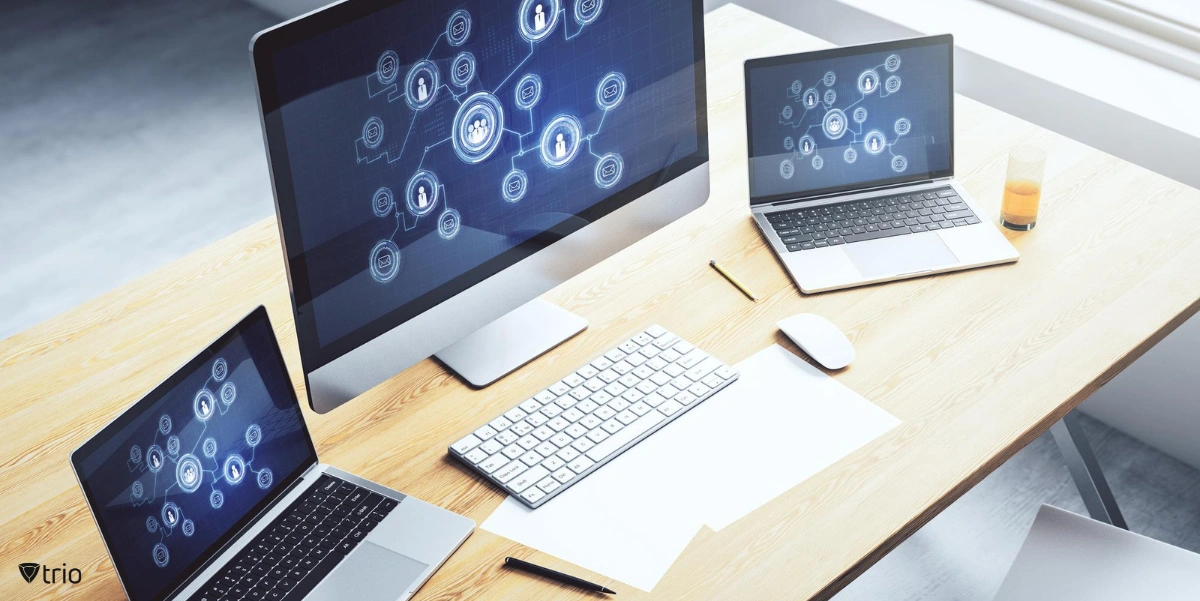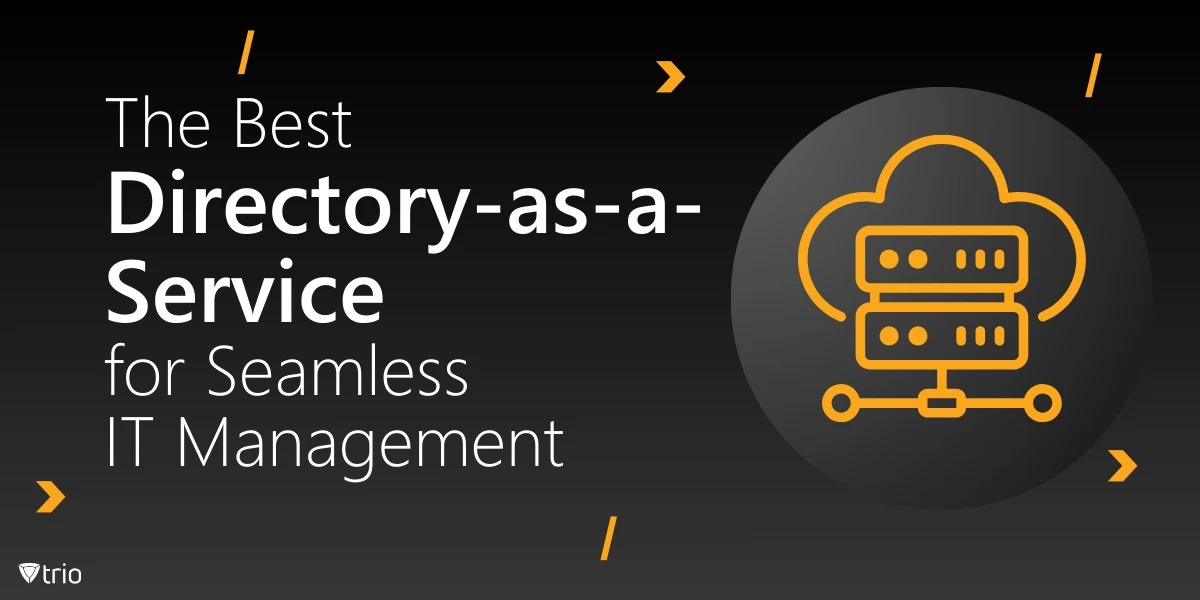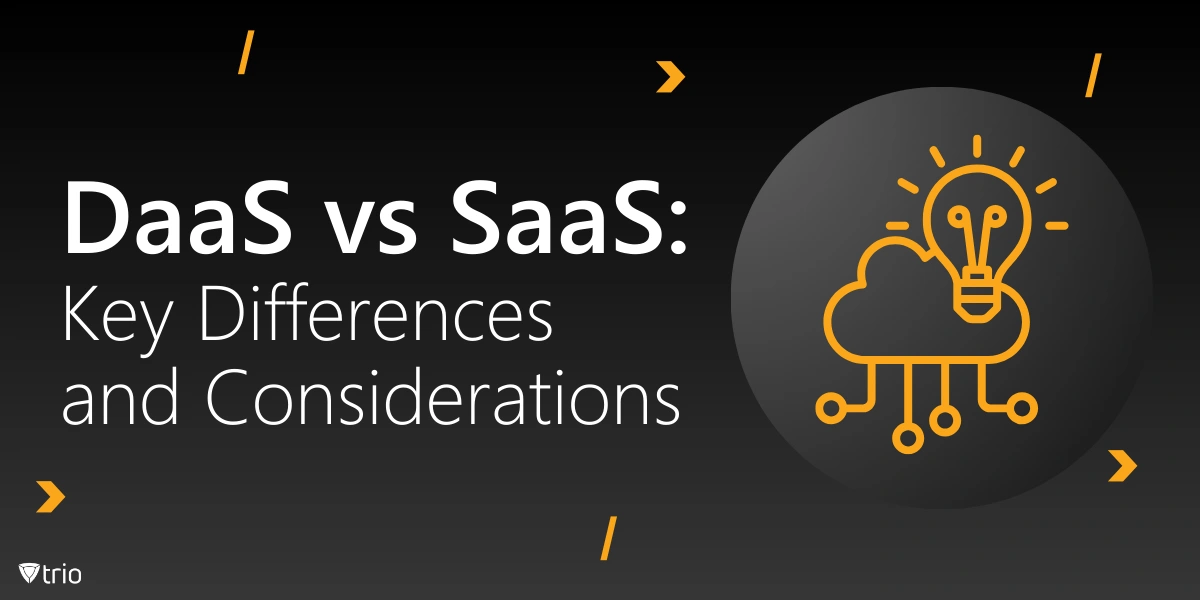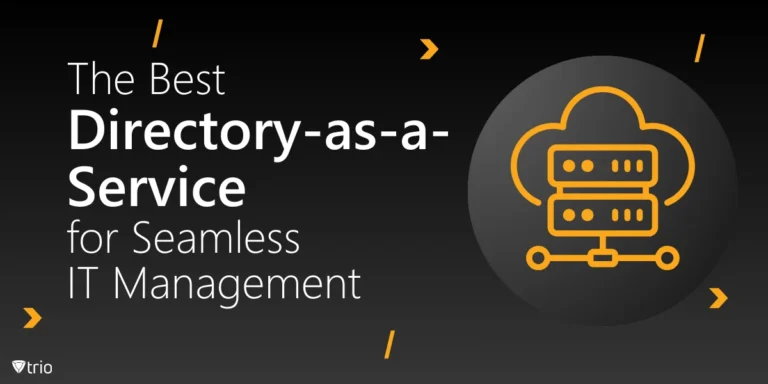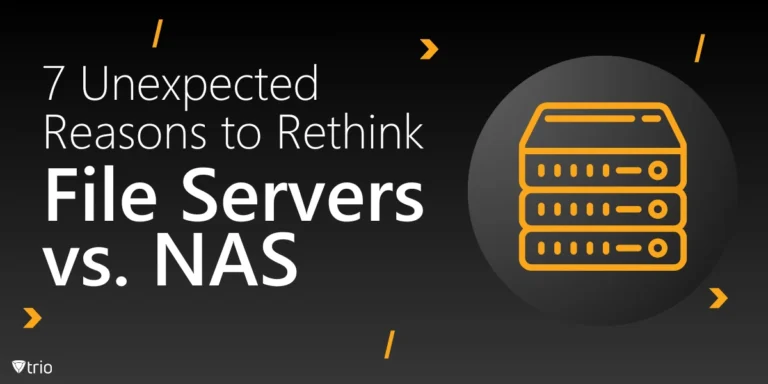As devices and their operating systems become more advanced and complex, the distinction between Mobile Device Management (MDM) and Modern Device Management has become increasingly significant. While both address the administration of devices within a corporate environment, their approaches and scopes diverge significantly. Understanding these nuances is crucial for businesses aiming to optimize their device management strategies and adapt to the rapidly changing technological ecosystem. Read on to find out more.
Mobile Device Management vs Modern Device Management
Modern device management and mobile device management both deal with the administration of devices within an organization, but they have key differences in scope and approach.
What Is Mobile Device Management?
Mobile device management primarily focuses on managing mobile devices such as smartphones and tablets. It involves controlling device settings, securing data, enforcing policies, and distributing apps specifically tailored for mobile platforms. MDM solutions are often used in environments where employees primarily use mobile devices for work tasks, such as field service or sales teams.
What Is Modern Device Management?
Modern device management extends beyond just mobile devices to include a broader range of endpoints, such as laptops, desktops, and even Internet of Things (IoT) devices. This approach recognizes the increasing diversity of devices used in the workplace and aims to provide a unified management solution across all types of endpoints. Modern device management typically leverages cloud-based solutions and focuses on user-centric management, allowing users to access company resources securely from any device, anywhere.
EMMs and UEMs
Enterprise Mobility Management (EMM) is another term often used interchangeably with Mobile Device Management (MDM) or as a component of it. EMM encompasses not only the management of mobile devices but also the management of applications, content, and security within an organization’s mobile environment.
EMM solutions typically offer a suite of tools and capabilities for managing mobile devices, securing corporate data, distributing apps, and enforcing policies across various mobile platforms. It aims to provide a comprehensive solution for organizations to securely manage and enable the use of mobile devices for work purposes.
Unified Endpoint Management (UEM) builds upon the concepts of both Mobile Device Management (MDM) and Enterprise Mobility Management (EMM). UEM takes a holistic approach to managing and securing all endpoints within an organization’s network, including mobile devices, desktops, laptops, and other connected devices.
UEM solutions integrate the functionalities of MDM, EMM, and traditional endpoint management (such as managing desktops and laptops) into a single platform. This integration enables administrators to centrally manage and enforce policies across all endpoints from a unified console, providing a seamless experience for both IT administrators and end-users.

Why Mobile Device Management Is No Longer About Mobile Devices
In short, Mobile Device Management used to be about only mobile devices and its sub-categories such as mobile content management systems. The change in architecture that came from Apple and Microsoft; how they essentially opened up the possibilities of controlling endpoint devices that were remote but not necessarily mobile made modern MDMs possible.
Microsoft’s Windows 10 modernized device management since it allowed IT administrators to control Windows devices remotely, such as setting device restrictions and so on from a centralized console. According to Statista, as of November 2023, Windows 10 is the most popular Windows desktop operating system, accounting for a market share of around 68 percent (Windows 11’s share was about 26.6 percent of devices). Along with Apple changing MacOS’s approach to fit better with iOS and mobile-centric thinking, this made the newest generation of MDM/EMM solutions such as Trio possible.
How Modern MDMs Benefit Everybody
Modern MDMs offer several benefits for organizations seeking to manage and secure their diverse endpoint landscape:
-
Centralized Management
Modern MDMs provide a single console for managing all endpoints, including mobile devices, desktops, laptops, and IoT devices. This centralized approach streamlines administrative tasks, reduces complexity, and improves efficiency. Mobile application management (MAM) and other subcategories can be placed as part of this feature.
-
Consistent Policies
Administrators can enforce consistent security policies, configuration settings, and compliance measures across all endpoints from a unified platform after device provisioning is over. This ensures uniformity and helps maintain security and compliance standards across the organization.
-
Enhanced Security
Modern MDM solutions offer comprehensive security features, such as device encryption, remote wipe, app whitelisting/blacklisting, antivirus protection, and threat detection. By implementing consistent security measures across all endpoints, they help mitigate security risks and protect sensitive data from unauthorized access or breaches.
-
Improved User Experience
Modern MDMs enable a seamless and consistent user experience across different devices and platforms. Users can access corporate resources and applications securely from any endpoint, anywhere, without experiencing disruptions or compatibility issues.
-
Scalability and Flexibility
Modern MDM solutions are designed to scale according to the organization’s needs, accommodating new devices and technologies as they emerge. This scalability ensures that the organization can adapt to changing requirements and environments without compromising management capabilities.
-
Cost Efficiency
By consolidating management tasks and tools into a single platform, modern MDMs helps reduce costs associated with managing multiple endpoint management solutions separately. It also optimizes resource utilization and minimizes the need for specialized skills or training.
Conclusion
All in all, the topic of “MDM vs Modern Device Management” doesn’t mean much now. Where the boundaries between mobile and traditional endpoints blur, the evolution from Mobile Device Management to Modern Device Management has become imperative. By embracing the principles of centralized management, consistent policies, enhanced security measures, improved user experiences, scalability, and cost efficiency, organizations can navigate the complexities of modern device ecosystems with confidence and efficiency, ensuring seamless operations and robust security protocols across all endpoints.
Trio is an MDM/EMM solution, a modern MDM, available for organizations looking to automate and streamline onboarding and offboarding employees, enrolling devices, devising policies for departments, and more. All of these features are available after signing up for Trio’s free demo! Sign up today and experience what a modern MDM can do for your organization.
